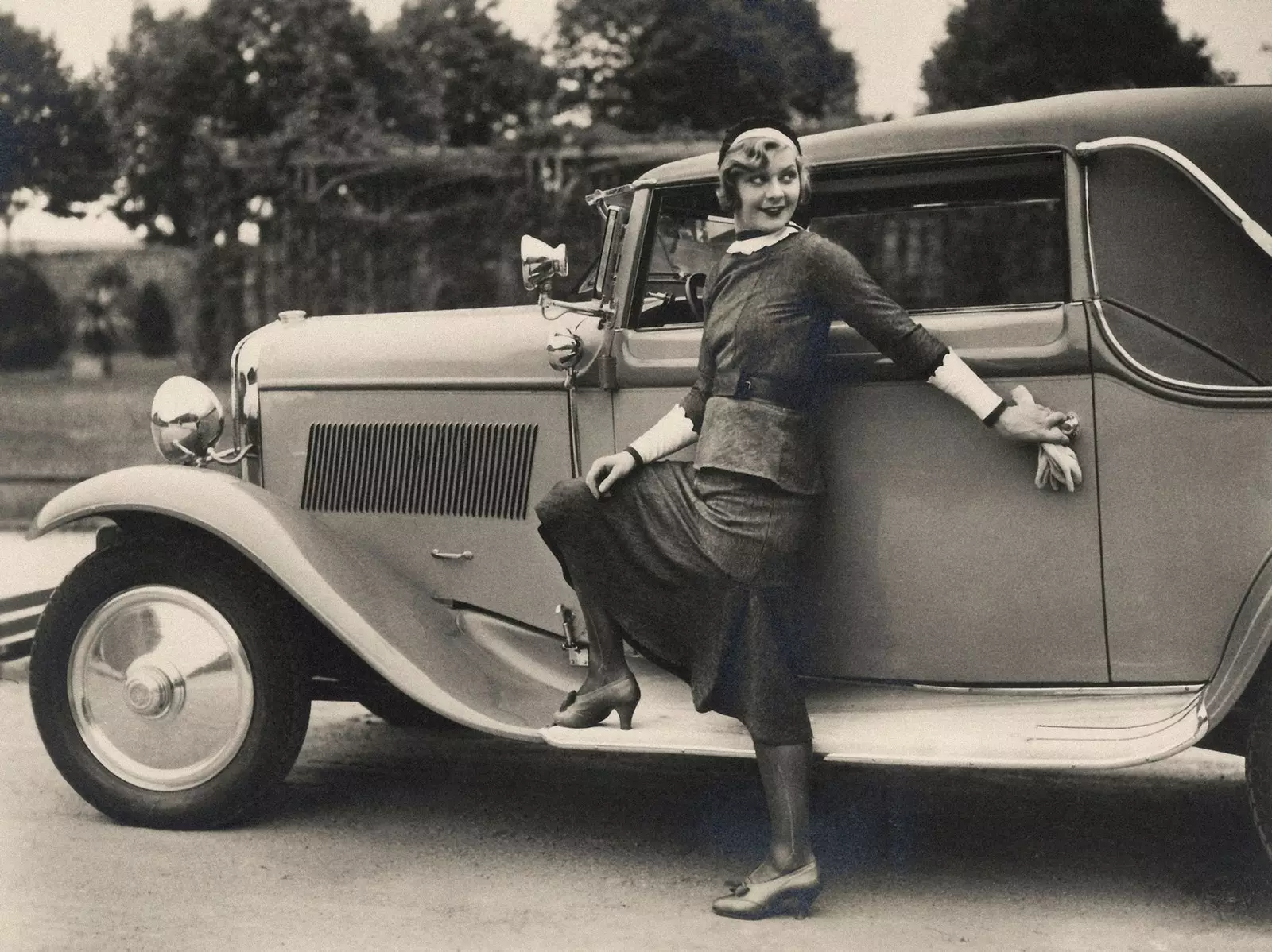
In the second half of the 19th century and the first decades of the 20th, these women defied all the rules and went alone to discover the world.
** They traveled alone .** That does not mean that they did it without servants (there were trunks, many trunks), but no husband, or husband, or lover; that is, without a man who would act as an interlocutor in a foreign environment, who would make decisions about stays, itineraries, means of transport and, of course, pay the bills.
Even today it is not easy for a woman to travel alone to certain destinations . Looks, gestures and attitudes generate a vulnerability that can lead to flight, rejection or blockage. But the restlessness and the search win. It was like that then too.
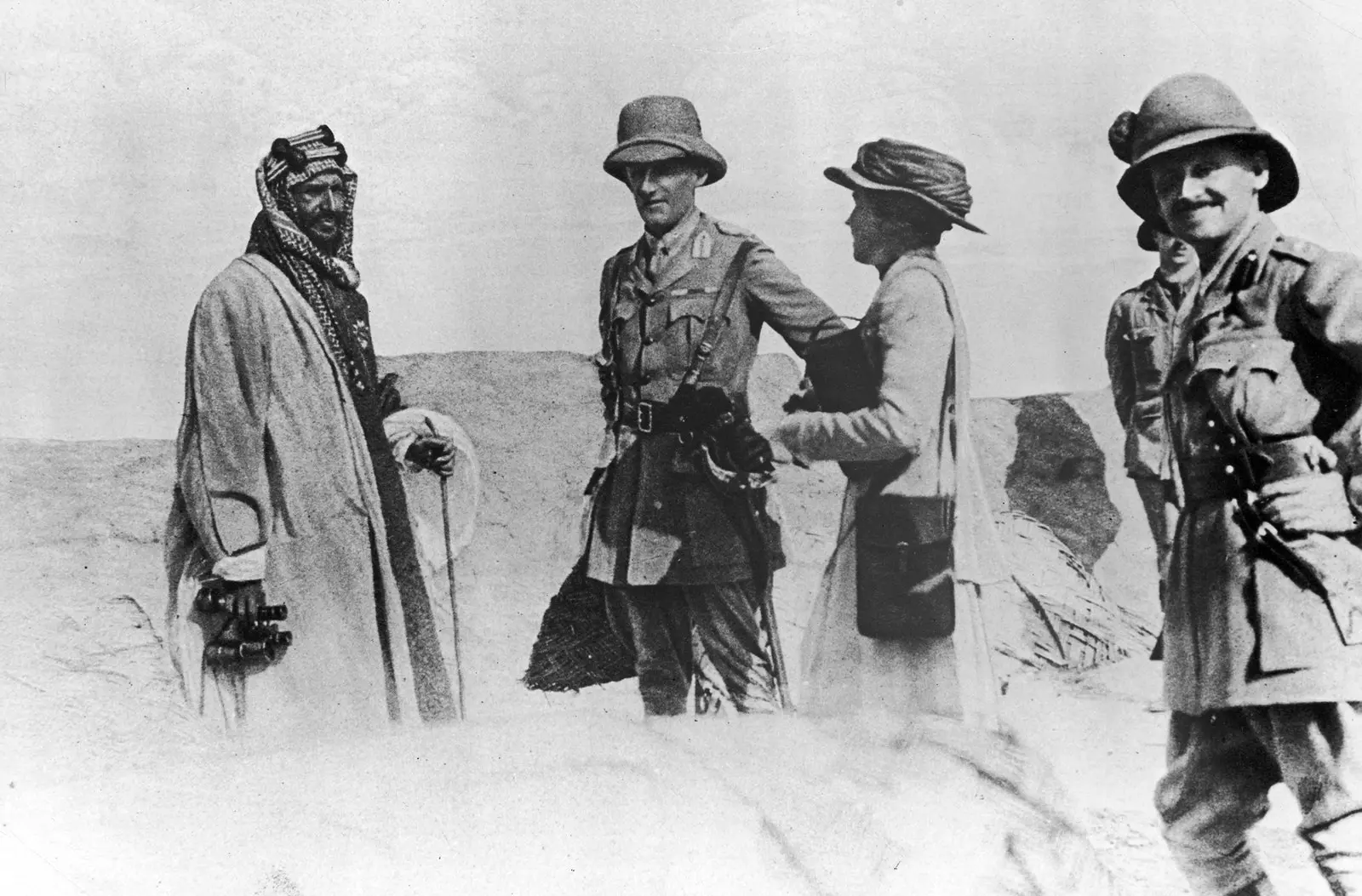
Gertrude Bell speaking with an Arab leader during her trip to Mesopotamia
In the second half of the 19th century and the first decades of the 20th the means of transport had advanced enough to guarantee fluid communication with the colonies and, consequently, facilitate the journey of restless spirits.
Explorers, cartographers, traders and scientists they traveled through territories whose roads, languages and customs were unknown to them. Returning to the metropolis, they published their findings in societies that, on occasions, had financed their mission.
The women were waiting for them at home. If they traveled, they did so under the heading of wife or missionary. Solitary exploration, scientifically justified or not, was for them an act of affirmation of freedom that was denied them in their immediate environment.
Those who did undertake the journey as a personal imperative, without the support that geographic institutions offered their male colleagues. All of them shared a transgressive spirit, the vindication of their autonomy and an overwhelming capacity to break the rules.
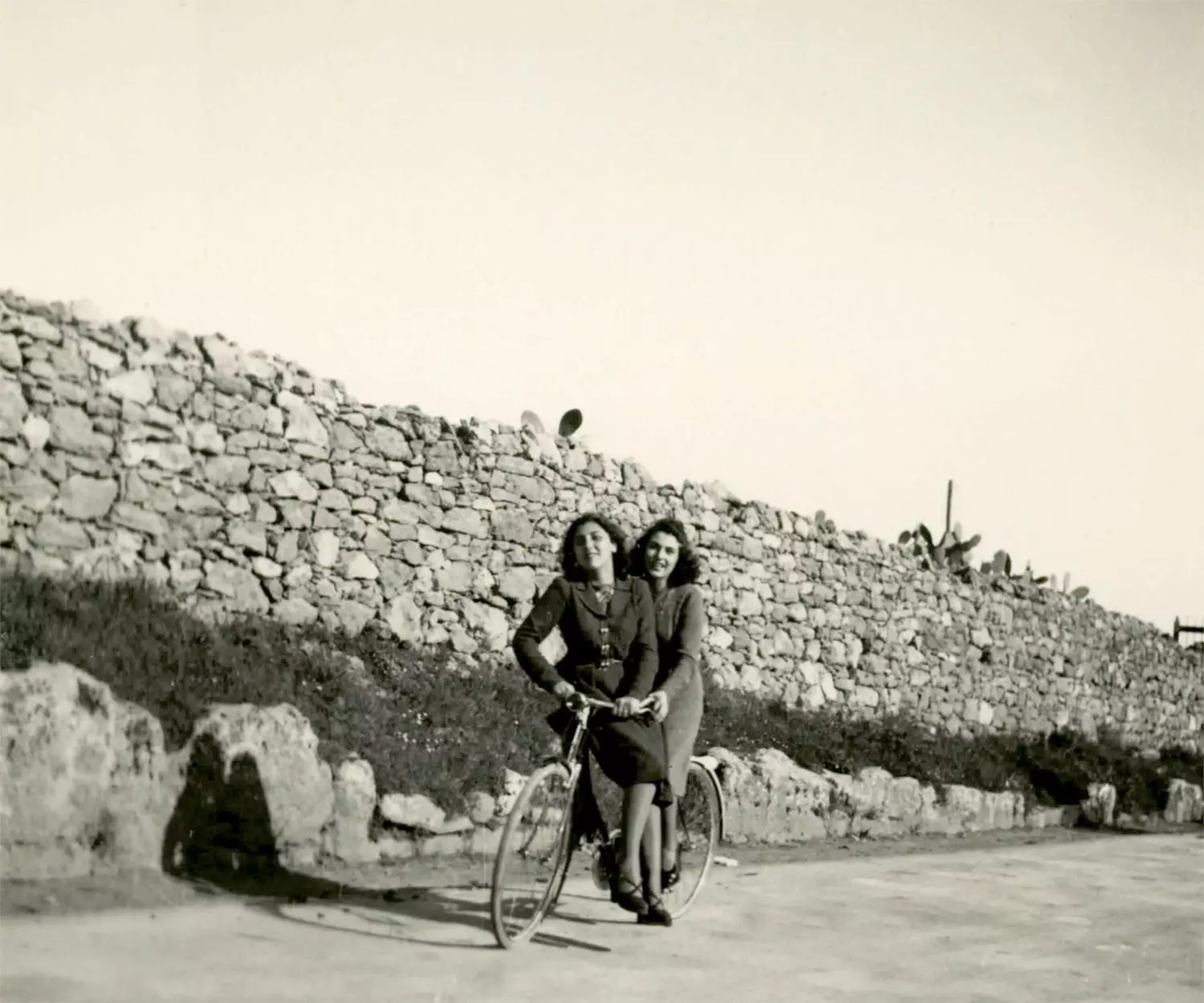
Explorers, adventurers, writers, archaeologists... they all shared the travel gene!
GERTRUDE BELL
she was fabulously rich , and that has always been a great help to launch into the world. Daughter of an English metal tycoon, on his travels in the Middle East she never left her china, her wardrobe or her portable bathtub.
She was an archaeologist, Arabist and writer. Her relationship with local tribal sheikhs placed her in a privileged position for the English Arab Bureau in Cairo, for which she collaborated as a spy in World War I.
Her most controversial mission was fix the borders of Iraq; work that already then revealed bitter.
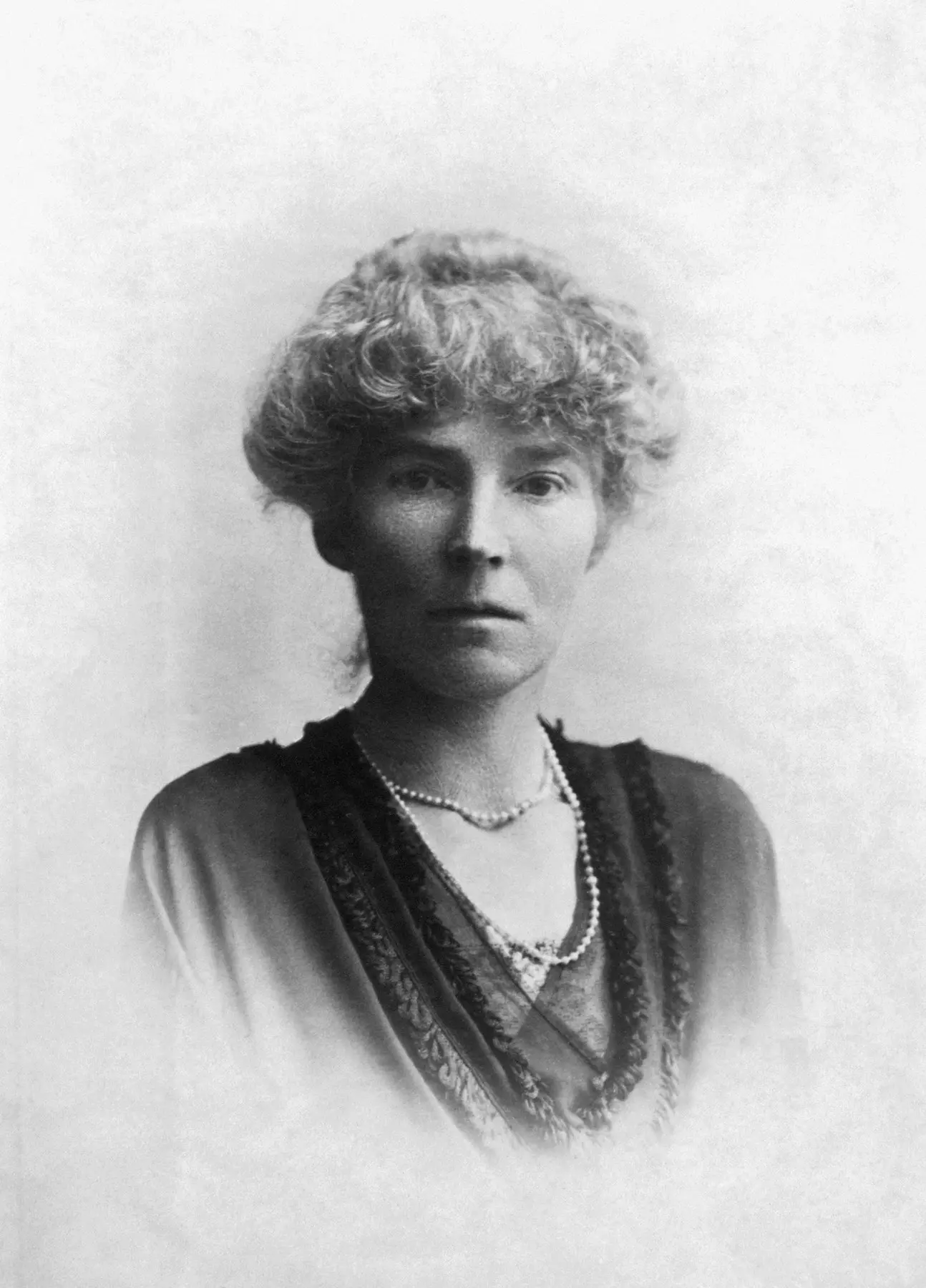
Gertrude Bell, archaeologist, Arabist, writer, and spy in World War I
ISABELLA BIRD
Ill health led Isabella Bird to travel. An indefinite nervous picture prompted her towards sports and the outdoors. As a remedy for her ills, in 1872 her family encouraged her to tour Australia, Hawaii and the United States.
In Colorado she wrote Life of a Lady in the Rockies, where she describes her relationship with outlaw Rocky Mountain Jim: a man any woman would fall in love with, but none would marry.
On her return to England she unenthusiastically joined a surgeon who died shortly after her, enabling her to embark on a missionary journey through India, Persia, Kurdistan and Turkey. **
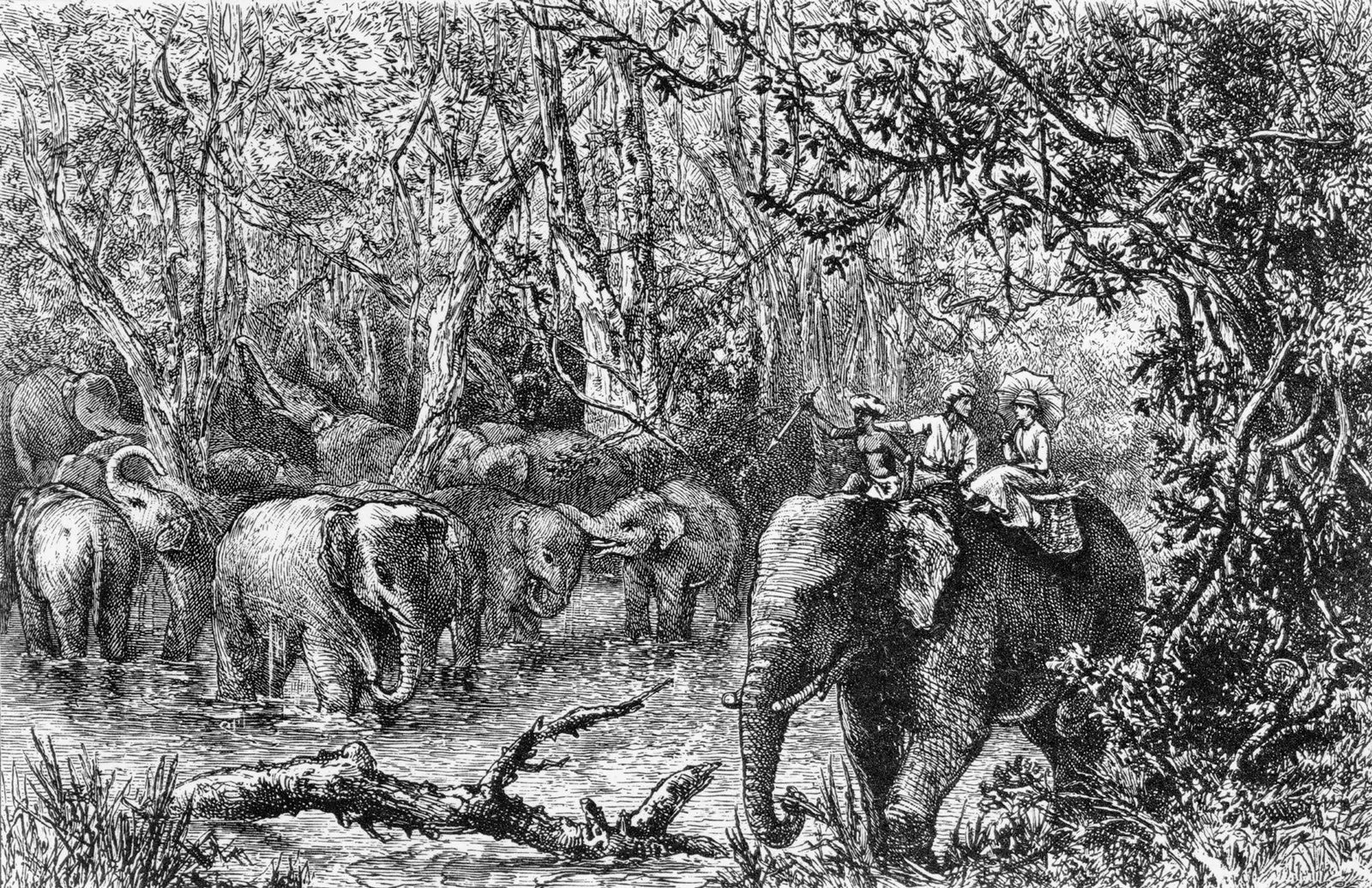
Isabella Bird and two natives on an elephant in a swamp, at Perak, Malaya, about 1883
NELLY BLY
Nelly Bly she started her career by pretending to be crazy to write a chronicle she gonzo about the Blackwell's Island asylum in New York, but her consecration would come with the challenge to the novel Around the World in Eighty Days.
Nelly considered that she could beat Jules Verne's mark. She left Manhattan alone with a small suitcase and a coat.
She sailed to England and crossed over to France, where she visited Verne; from Brindisi she traversed the Suez Canal with stops in Ceylon, Singapore, and Japan, arriving in New Jersey on January 25, 1890, 72 days after her departure.
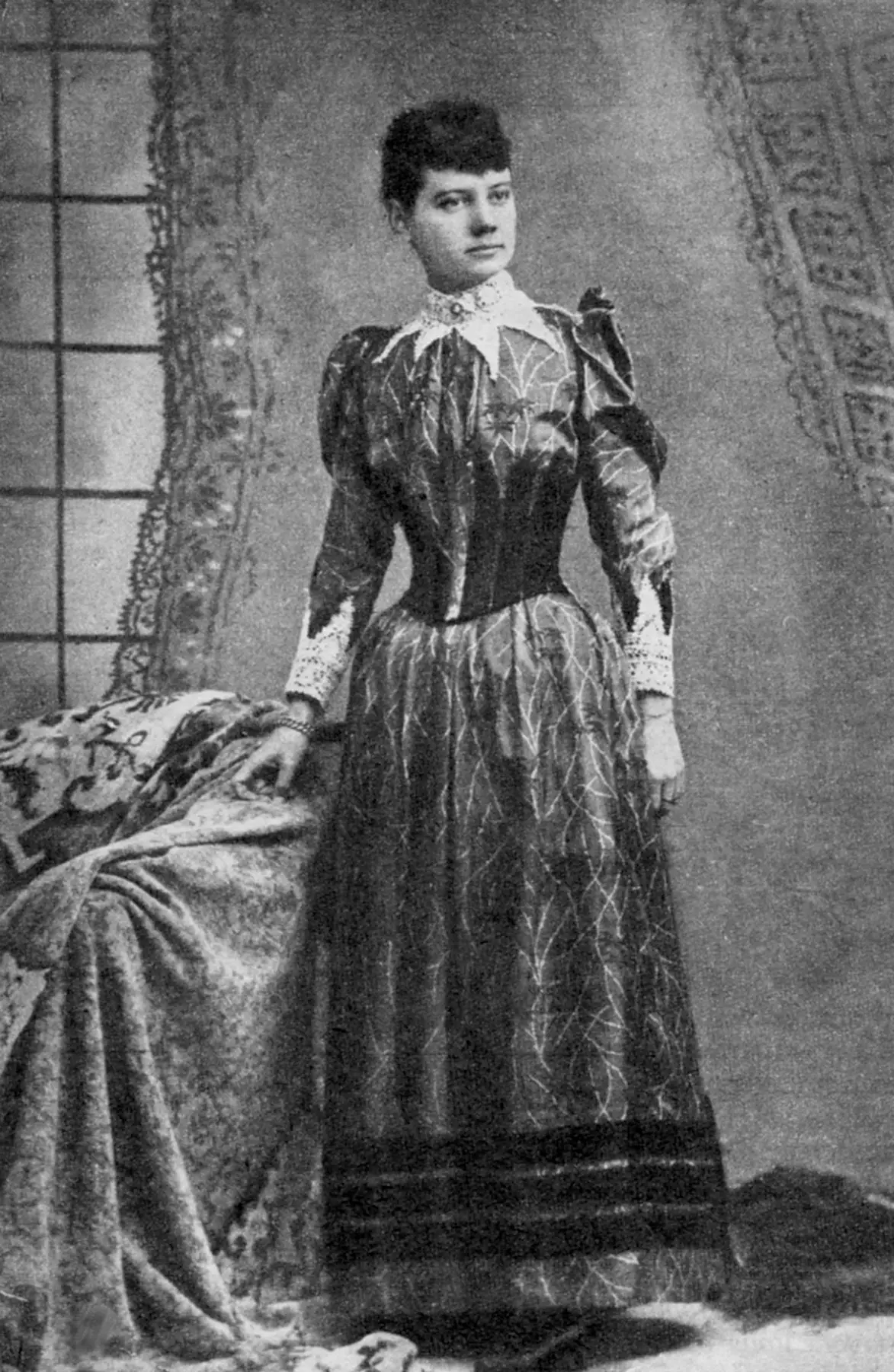
Nelly Bly challenged Jules Verne went around the world in 72 days
ALEXANDRA DAVID-NEEL
Alexandra David-Néel's youth was dotted with mystical experiences. She a militant anarchist, lyrical singer and consecrated pianist, she started a personal pilgrimage to the himalayas after the amicable dissolution of her marriage.
She from India traveled to Sikkim in 1912, where she began her apprenticeship as disciple of a lama with paranormal powers.
Together with the young Yongden, three servants and seven mules she crossed Tibet with his face smeared black and pigtails of yak hair. She was the first western woman to reach the city Lhasa, forbidden to foreigners.
Her knowledge of Tibetan gave her access to manuscripts and teachers who introduced her to esoteric practices such as tummo, or internal heat generation, levitation and telepathy.
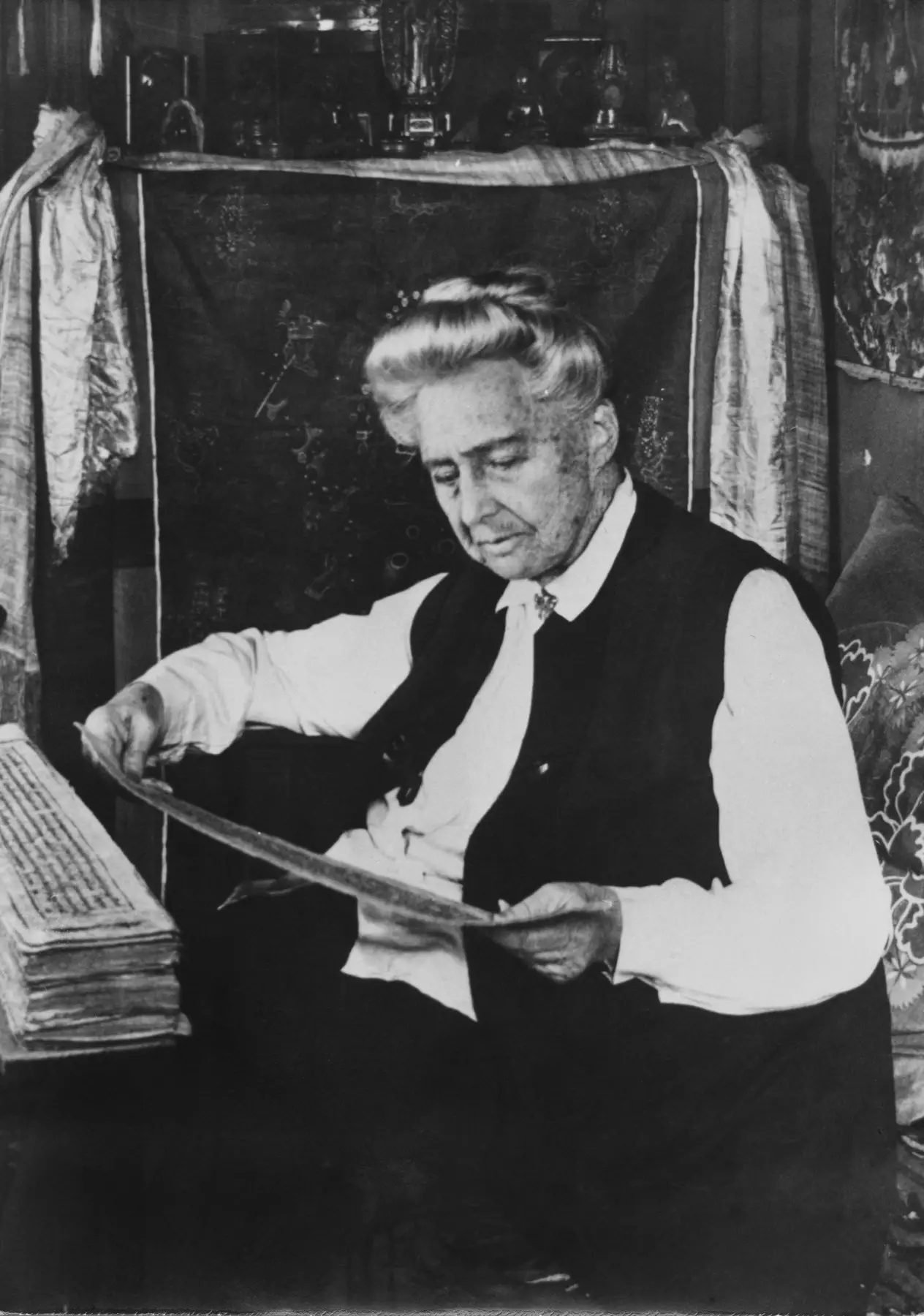
Alexandra David-Néel, militant anarchist, lyrical singer and consecrated pianist
MAY FRENCH SHELDON
May French Sheldon, the daughter of southern planters, wondered why a woman couldn't organize an expedition to Africa. **
The social opposition reaffirmed her in her purpose and, in 1891, With the support of her husband, she sailed to Mombasa. There she managed to get hold of the 150 porters necessary to transport a cumbersome piece of luggage that included a zinc bathtub.
As she states in her work From sultan to sultan, the explorer she believed in the dignity and intellectual capacity of the natives, so she favored dialogue and exchange in the form of gifts.
She appeared before the Maasai chiefs with a white wig, a beaded dress and a saber. She worked. Bibi Bwana, the white queen, circled Lake Chala at the foot of Mount Kilimanjaro in a wicker palanquin.
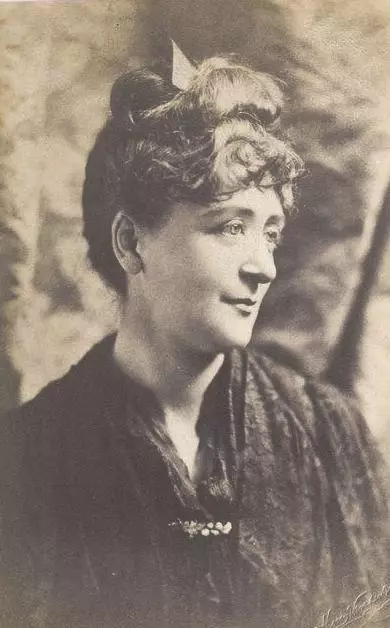
May French Sheldon, the woman who put Africa at her feet
MARY KINGSLEY
The natives called Mary Kingsley only me because she always traveled alone, without servants, with a bag of tea, a toothbrush, a comb and a pillow.
Her concern was ethnographic. Reading her fueled an interest that blossomed when her parents, a London doctor and a middle-class cook, died in 1892. After a stopover in the Canary Islands, she went to Sierra Leone, Luanda and Angola.
Her training as a nurse allowed her to help local populations and learn about their customs. She hunted antelope with the Fang cannibals, who used dogs with rattles, and she submerged her Victorian attire in leech-saturated bogs in search of fish specimens that she would take, in formalin, to the British Museum.
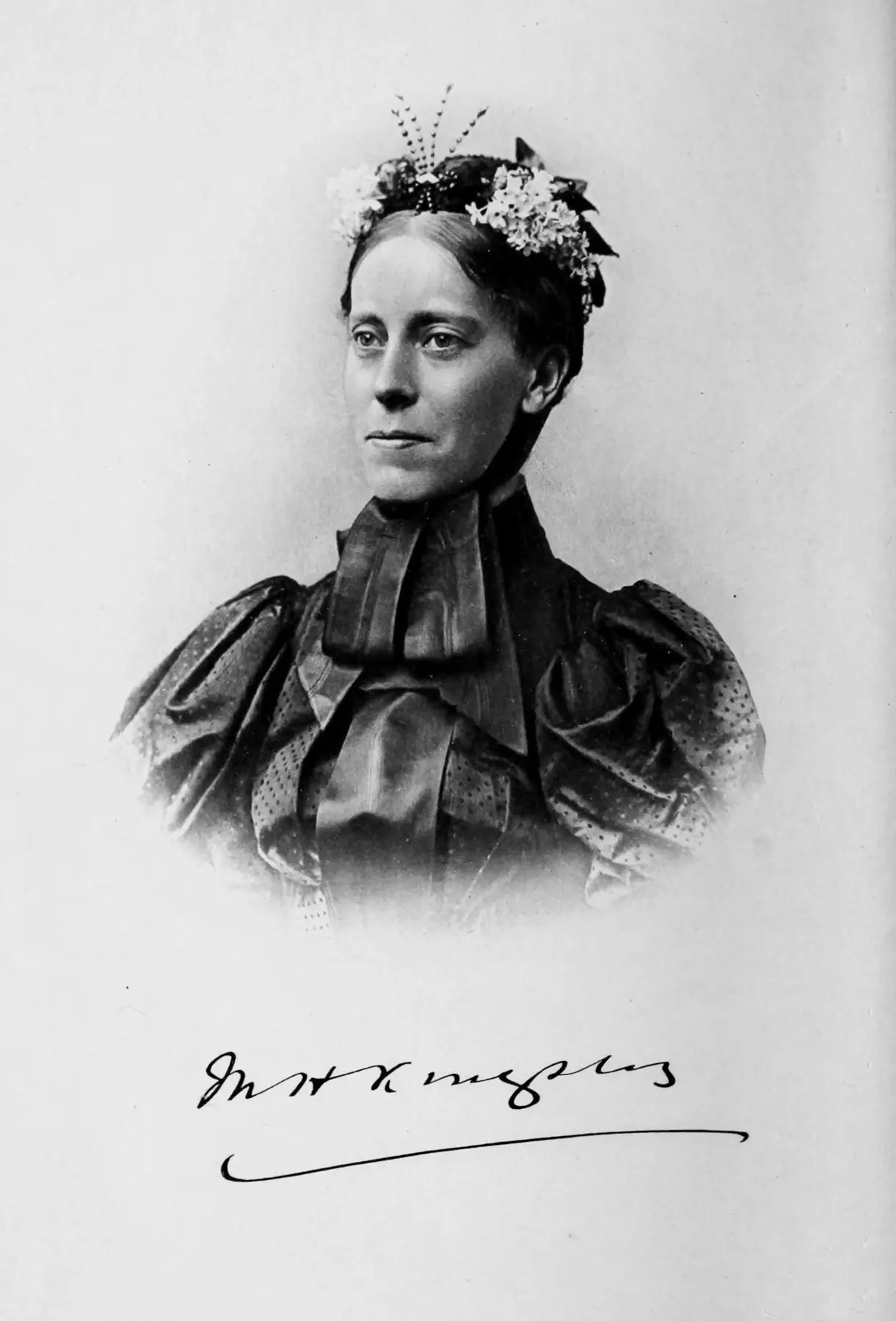
Mary Kingsley always traveled alone, without servants, with a bag of tea, a toothbrush, a comb and a pillow.
ANNIE LONDONDERRY
Annie Londonderry could be considered the first sponsored traveler: Londonderry Lithia, a mineral soft drink that offered to change her name to her own brand. A poster of her sponsor hung on the back of the bicycle with which she would go around the world.
A man had already done it in 1887, but a group of notable Bostonians wagered that a woman would not be able to pull it off. The term was fifteen months and they offered $10,000.
Annie herself left in June 1894. The contract did not indicate the kilometers that she had to pedal, so she traveled a Much of the journey embarked.
She visited Alexandria, Colombo, Singapore, Saigon, Hong Kong, Shanghai, Nagasaki, Kobe. She crossed much of the United States on two wheels. In Iowa, near her destination, she collided with a herd and broke her wrist, so she arrived in plaster to collect her prize.
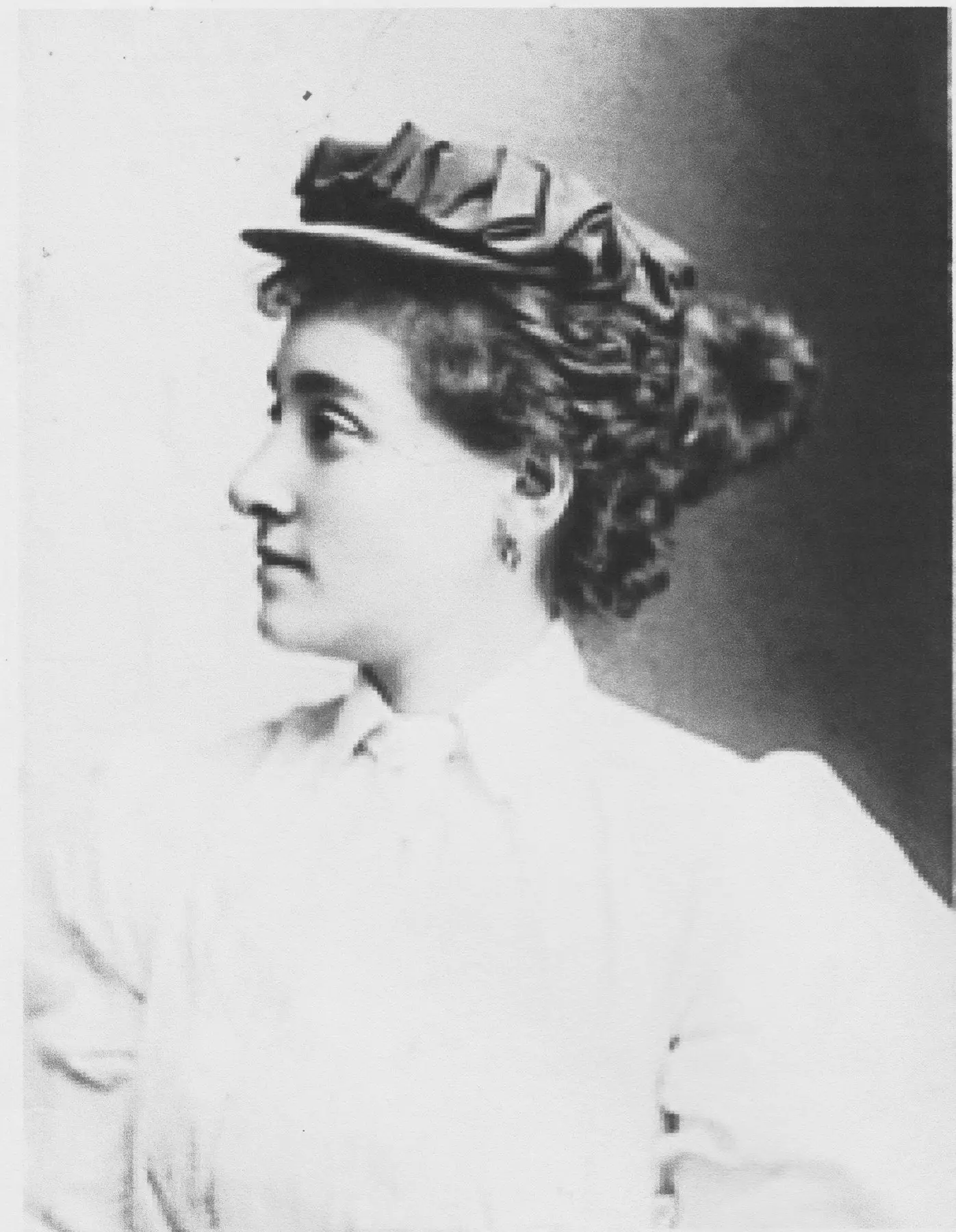
Annie Londonderry, the first woman to cycle around the world
EMILIA SERRANO DE WILSON
The Granadan family of Emilia Serrano de Wilson had moved to Paris following Queen María Cristina in exile. Her circle, which included Lamartine, Francisco Martinez de la Rosa, and Alexandre Dumas. It encouraged her love of literature.
When she was widowed by Baron Wilson she childless she focused her attention on America. She read Columbus, Bartolomé de las Casas, Humboldt and, in 1865, she undertook a journey through Cuba and Puerto Rico. **
That would be the germ of America and her women, a work that grew as she traveled the continent. In her pages she recounts her encounters with politicians and peasants, but above all with militant writers such as Juana Manuela Gorriti in Argentina, the Peruvian Clorinda Matto de Turner or Soledad Acosta de Samper in Colombia. Women activists and conservatives; feminism would come later.
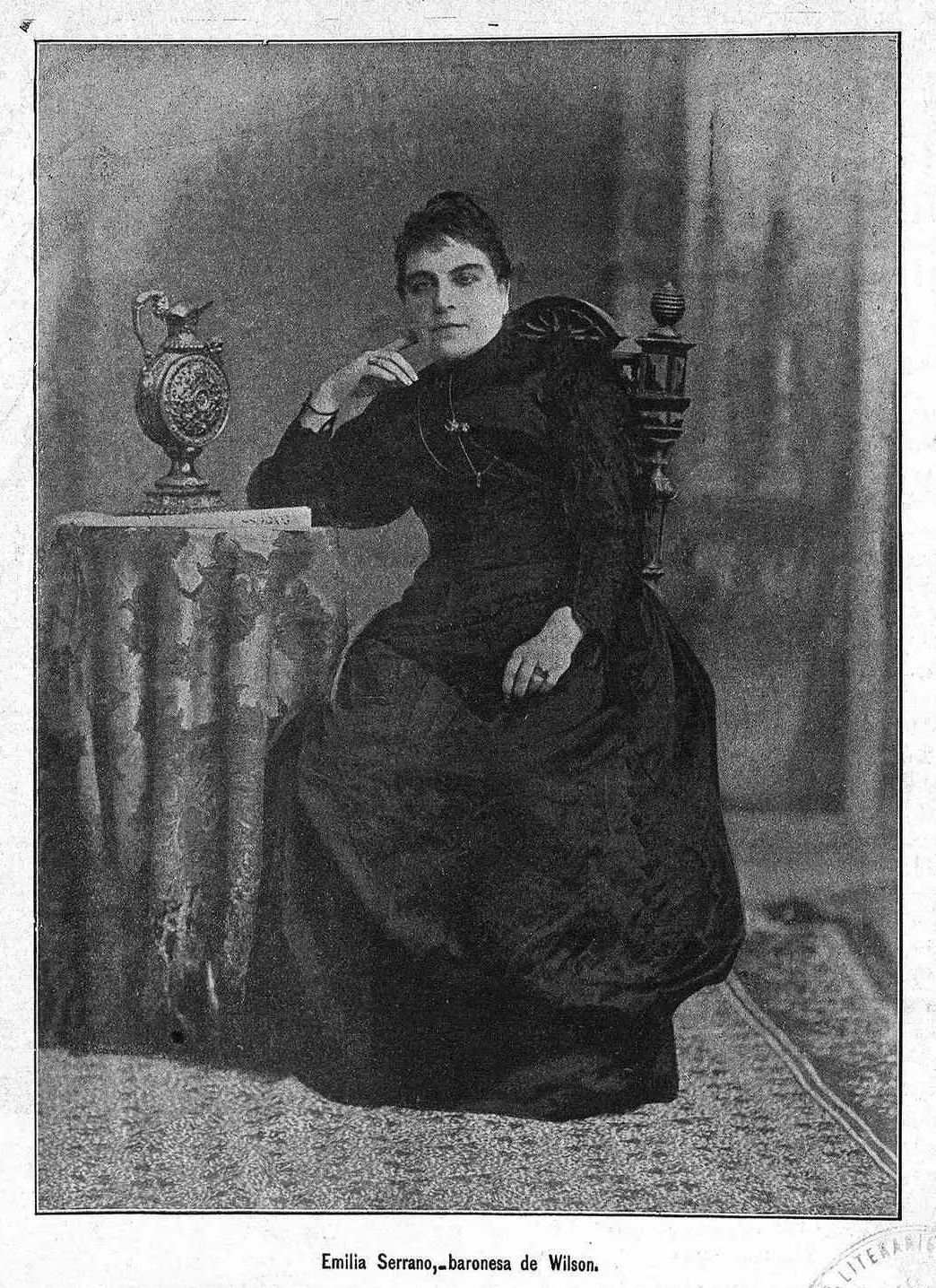
Emilia Serrano de Wilson, author of America and her women, a work that grew as it traveled the continent
